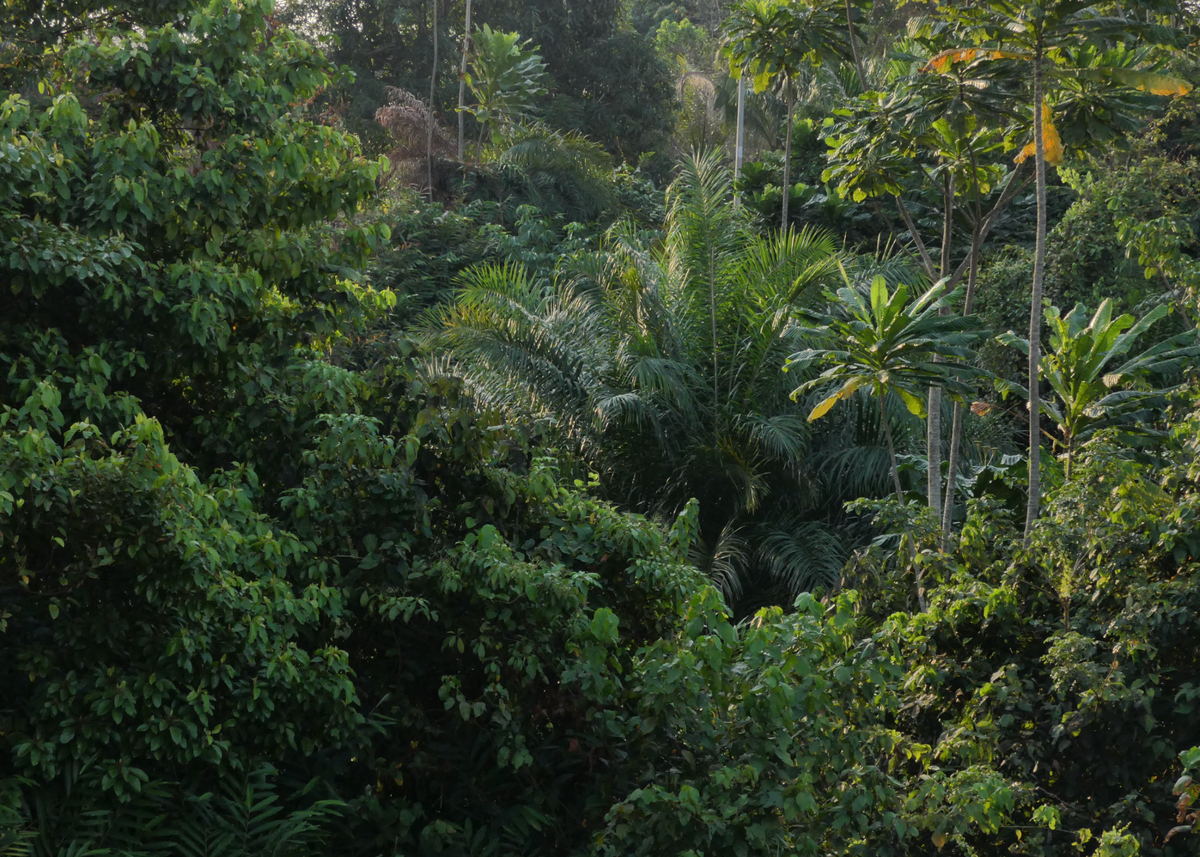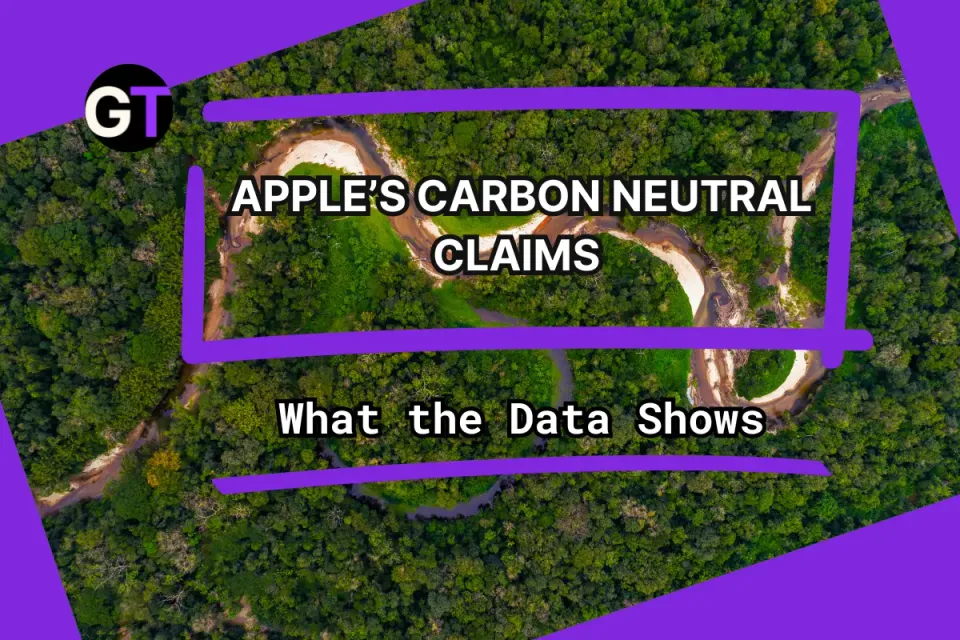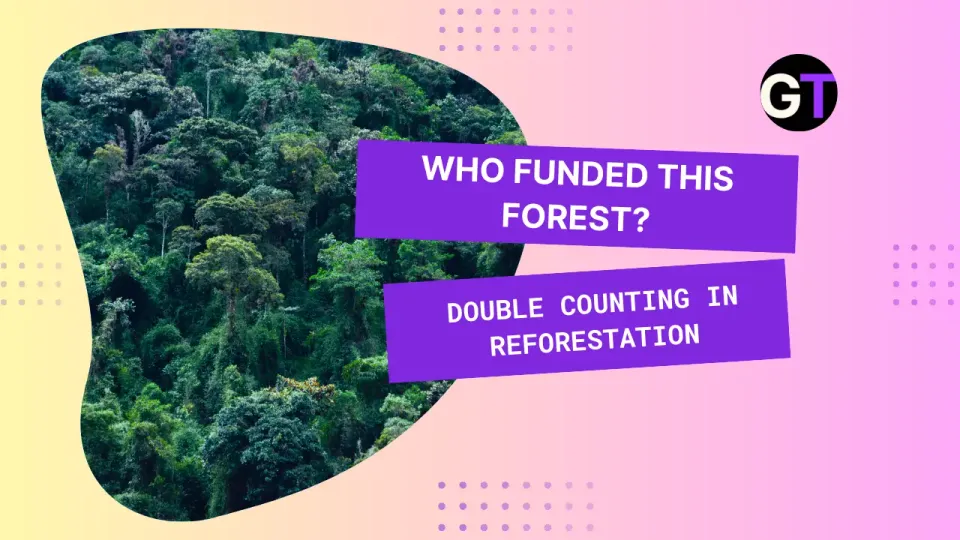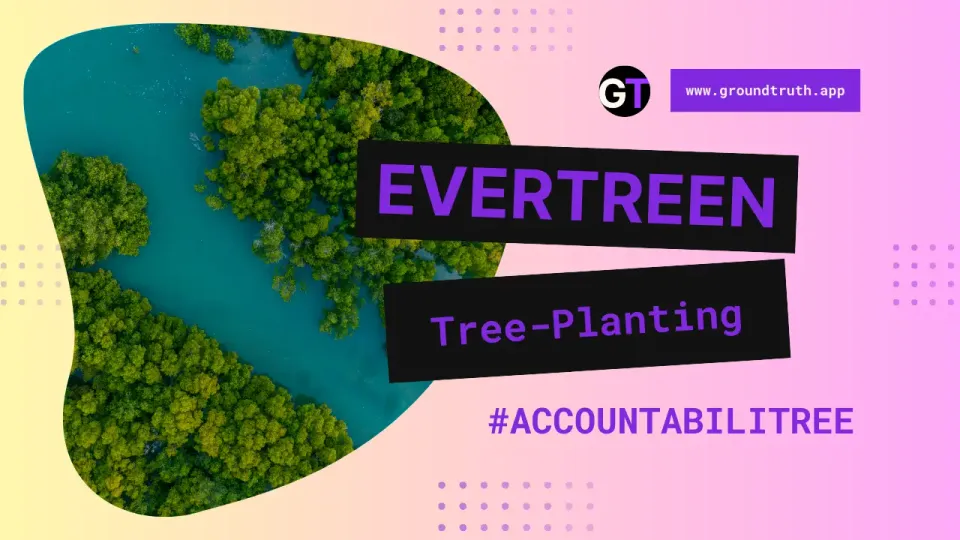Community-Led Climate Solutions: Insights From the Great Green Wall Project
A bottom-up, participatory approach involving local communities and stakeholders is key to safeguarding climate initiatives against corruption

This article by Tolojanahary Ndrasana originally appeared in Transparency International.
The Sahel Region faces significant challenges as climate change threats intensify. In response, the African Union launched the Great Green Wall Initiative (GGWI) in 2007 to fight land degradation and desertification across Africa.
Since 2010, the Pan African Agency of the Great Green Wall has led the implementation of the GGWI. This African-led effort addresses the impact of land degradation and desertification on communities and strengthens ecosystem restoration and livelihood resilience. Its goals include restoring 100 million hectares of degraded land, sequestering 250 million tonnes of carbon, and creating 10 million green jobs by 2030. Despite support from various partners, the initiative is challenged by governance and coordination issues, gaps in funding, and a lack of monitoring approaches.
To address some of the GGWI's monitoring issues, the Great Green Wall Accelerator was launched. After the launch, Transparency International partnered with the Association Nigérienne de Lutte contre la Corruption (ANLC) and the Civil Society Legislative Advocacy Centre (CISLAC) in Nigeria to implement the Transparency and Integrity project of the GGWI in the Sahel region. Key objectives include building the capacity of local communities to monitor GGWI climate projects and involving them in the decision-making process to shield the project's implementation against corruption.
The project found that a bottom-up, participatory approach involving local actors is key to safeguarding the GGWI against corruption. Two years after its implementation, it provides valuable lessons for other climate-led initiatives: the importance of community participation and stakeholder involvement to shield climate initiatives from corruption.
Monitoring of climate projects through empowered communities
In Niger, ANLC piloted a model of community-based monitoring to increase oversight of the GGWI implementation, with two components: 1) citizen participation units and 2) municipal climate observatories.
Established by ANLC in 2019, the citizen participation unit is a municipal structure that enables citizens to participate in local decision-making. Each unit, led by a representative of a civil society organisation (CSO), includes members from various groups, such as anti-corruption clubs, youth organisations and women's groups. In Niger, one of the unit's roles is to monitor the implementation of climate projects, assess the capacity of CSOs to carry them out, and then submit reports to the respective municipal climate observatories.
The observatories, in turn, issue recommendations to the CSOs involved and relevant authorities to ensure the effective implementation of climate projects. They consist of local actors, such as government officials and heads of technical departments, and representatives from the citizen participation unit. A committee is often set up to ensure that community complaints are addressed. Through the project, the ANLC set up 21 municipal climate observatories.
By strengthening the ability of the citizen participatory unit to monitor GGWI projects and setting up climate observatories at the municipal level, ANLC's approach to community-led monitoring delivered important successes. In the Maradi region in southern Niger, the climate observatory in Bermo municipality recommended that CSOs prioritise pastoralism, which involves raising livestock, over projects focused on agriculture to better meet the needs of the local communities. Local authorities and those CSOs involved received the recommendation, and the ANLC is monitoring the ongoing discussion.
Meanwhile, in the western Tahoua region, in the municipalities Tabalak, Badaguichiri, Malbaza, Keita and Tamaské, the climate observatories found that women participating in ‘Cash for Work’ activities for a climate project were underpaid for their labour. Upon identifying those cases, the observatories mediated by issuing recommendations to the CSO implementing the project. As a result, women received a fair payment. In the same region, the climate observatory in Tabalak municipality set up a ‘green hotline’ to receive community complaints. Although not a toll-free line, setting up this local complaint mechanism showed there is potential to scale the initiative to a national level.
Community participation in the implementation of Great Green Wall Initiatives empowers populations to take ownership of the initiative's main actions. When communities are involved, they are more committed to making interventions more effective, coherent, sustainable, and impactful. Their involvement also ensures the integrity and accountability of land restoration activities. By promoting community monitoring and involvement, the National Agency of the Great Green Wall of Niger will insist on the accountability of NGOs in promoting good governance of its activities.
Boubacar KabirouCommunication Manager, ANLC
Engaged stakeholders foster collaboration
In Nigeria, although the National Agency of the Great Green Wall focused its action on community participation, communities and stakeholders were not sufficiently involved in the GGWI implementation. Considering this, CISLAC advocated for more participatory approaches to monitoring the GGWI through stakeholder consultative forums in the state of Kano and the capital city of Abuja.
The forums, attended by government institutions, CSOs and the media, served as a platform for open dialogue to discuss potential avenues for improving the GGWI implementation. For example, they amplified CISLAC’s research findings on transparency, integrity, participation, accountability, and anti-corruption in the GGWI in Nigeria. They also highlighted the need to create more opportunities for stakeholder collaboration and establish mechanisms for CSOs to participate in monitoring climate projects.
Community participation can be leveraged through stakeholder engagement to create awareness on the Great Green Wall Initiative. We should build a community of trust where communities, CSOs, media and other relevant stakeholders are carried along and able to take ownership of the initiative thereby aiding its sustainability.
Bathsheba Tagwai
Senior Legal Officer, CISLAC Nigeria
Avenues for change in the new Great Green Wall Initiative ten-year strategy
In May 2024, the African Union launched a ten-year strategy for ecosystem restoration and livelihood resilience. The strategy offers an opportunity to explore innovative approaches to boost community participation in the oversight of climate projects.
Transparency International, in collaboration with our chapters in Niger and Nigeria, has shown that community and stakeholders’ involvement in monitoring the GGWI-related projects has the potential to safeguard the initiative from corruption.
Drawing from our experiences, we recommend setting up more community-led structures at the local level, such as the citizen participation units and climate observatories in Niger. It is also key to leverage stakeholder engagement and develop a clear national participation framework, allowing CSOs to play a formal consultative role in decision-making processes at the regional level within the Pan African Agency of the Great Green Wall.
It is great to see that the new African Union GGW strategy recognises the importance of governance mechanisms and the need for enhancing engagement modalities: we look forward to supporting the initiative in scaling-up civil society and community oversight, as well as developing an accessible complaints mechanism.
Brice Böhmer
Climate & Environment Lead, Transparency International
License
Ndrasana, Tolojanahary. (Jue 5, 2024). Community-Led Climate Solutions: Insights From The Great Green Wall Project. Republished under a Creative Commons Attribution-NoDerivatives 4.0 International License (CC BY-ND 4.0) with minor changes to original images and formatting.




